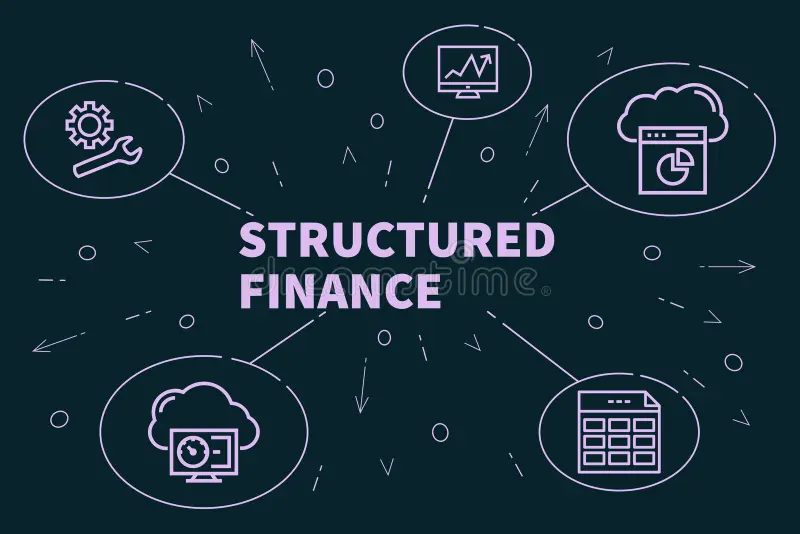Use Case Proposal for Portfolio Monitoring – Enhancing Oversight and Risk Management in Structured Finance

Monitoring a structured finance portfolio requires continuous tracking of financial performance, operational health, and compliance across diverse deals to manage risks and seize opportunities. Traditional methods often involve fragmented, manual reporting and reactive issue resolution, limiting proactive decision-making and transparency.
Step 1: Addressing Fragmented Data and Manual Oversight
- Portfolio managers face challenges consolidating complex loan-level data, transaction documents, and performance metrics across multiple deals. Manual aggregation in spreadsheets or disparate systems slows reporting, obscures risk signals, and hampers real-time visibility into portfolio health.
Step 2: Creating a Centralized AI-Driven Data Core
- Scalata solves this by ingesting all portfolio data, including loan tapes, trustee reports, covenants, and financial results, into a unified AI-powered platform. This creates a single source of truth with automated validation, enabling timely, accurate tracking of key performance indicators and risk metrics.
Step 3: Interactive, Real-Time Portfolio Insights and Alerts
- With the structured data accessible, portfolio managers can query performance and risk with Scalata’s conversational AI, asking questions like, “Which loans are approaching covenant breaches?” or “Show loans with rising delinquency trends.” The platform delivers instant, audit-traceable answers and proactive alerts for emerging risks.
Step 4: Automated Reporting and Strategic Action Support
- Scalata’s AI agents generate dynamic portfolio reports and compliance summaries for stakeholders, streamlining investor communications and regulatory filings. The system also suggests portfolio rebalancing or risk mitigation strategies based on identified trends, converting monitoring from a reactive to a strategic function.
Strategic Outcome with Scalata:
Adopting Scalata for portfolio monitoring transforms the process into a proactive, data-driven discipline. It drives enhanced risk management, improved operational efficiency, and transparent, timely communication to investors and regulators. This translates into stronger portfolio performance, reduced surprises, and greater confidence in structured finance operations.
